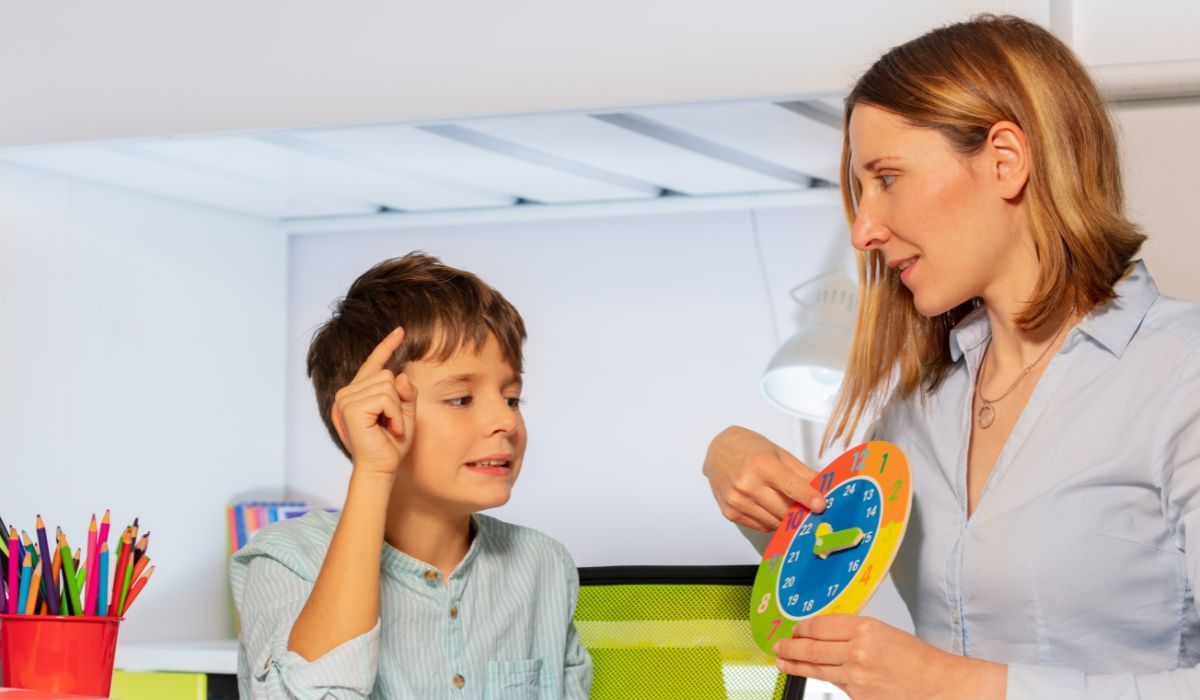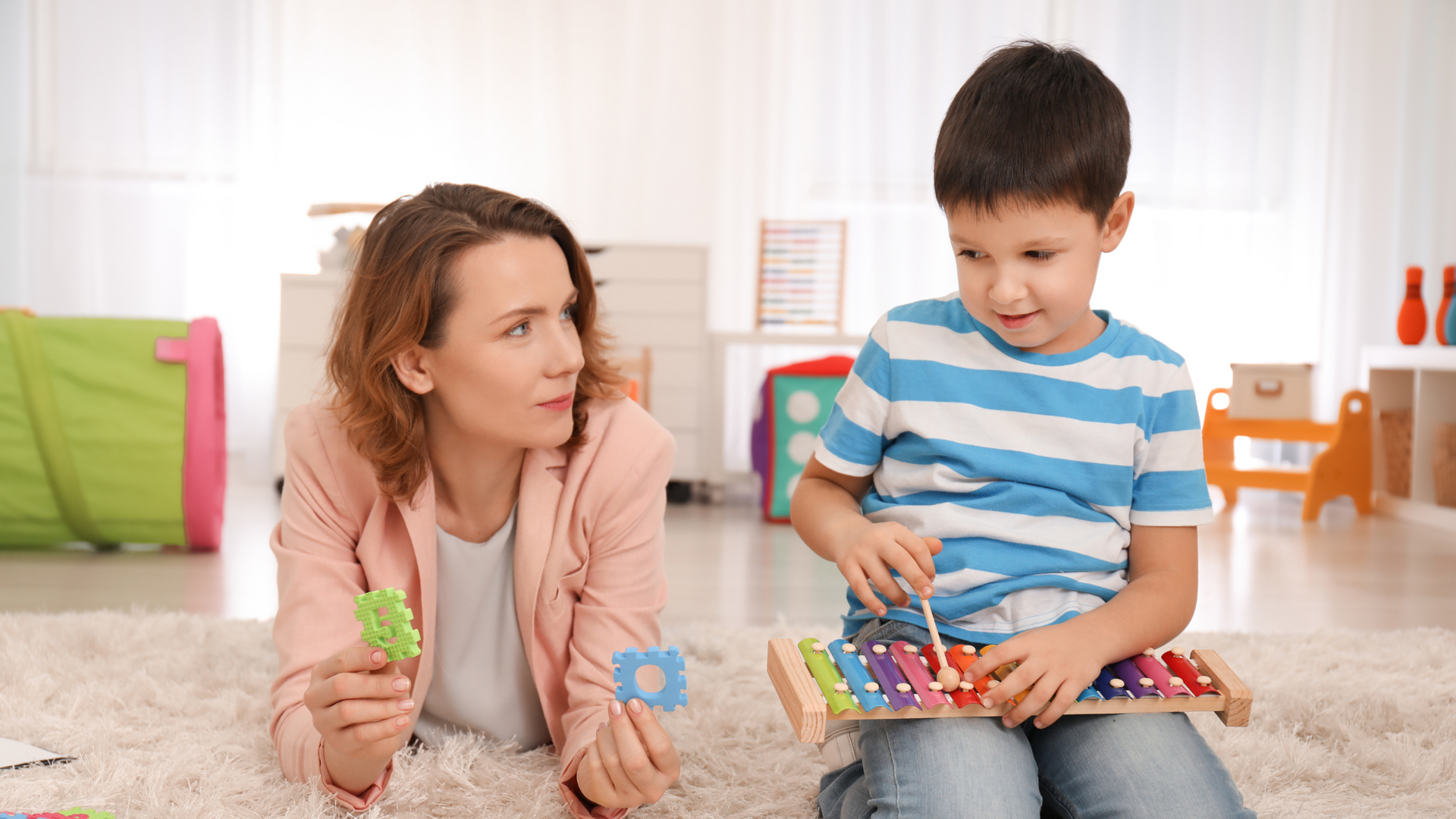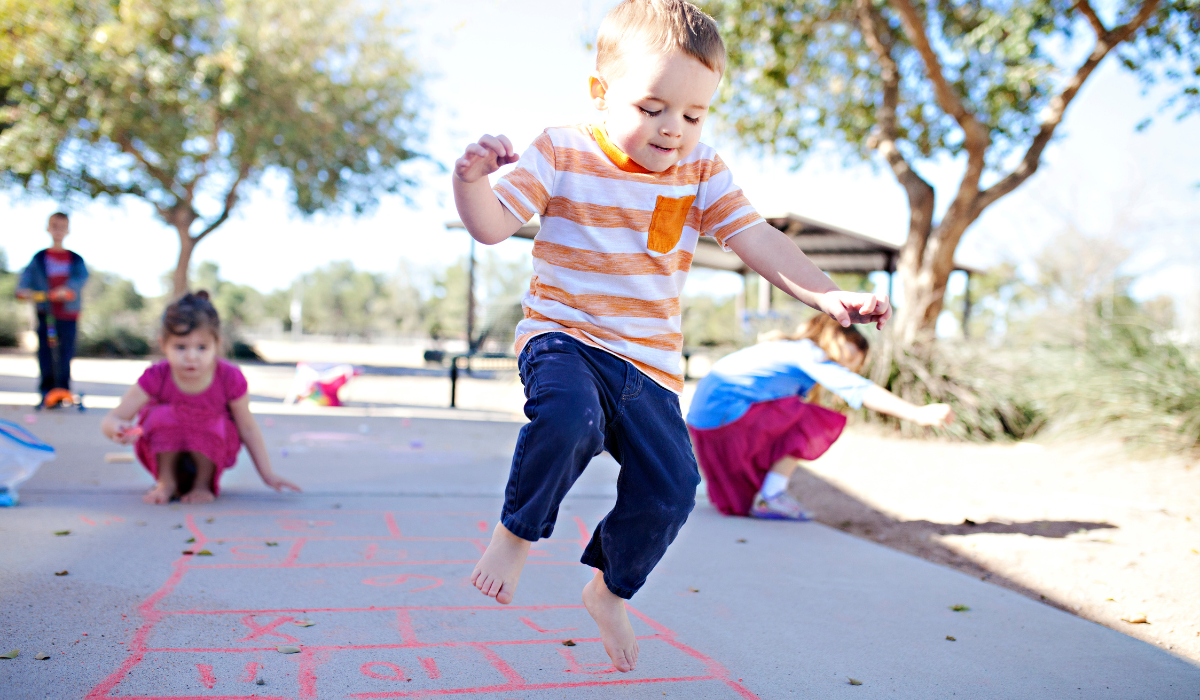Helping Nonverbal Children Communicate Through ABA Therapy
Reece Epstein • June 4, 2025
See how ABA therapy helps kids who don’t speak learn to communicate in their own way.
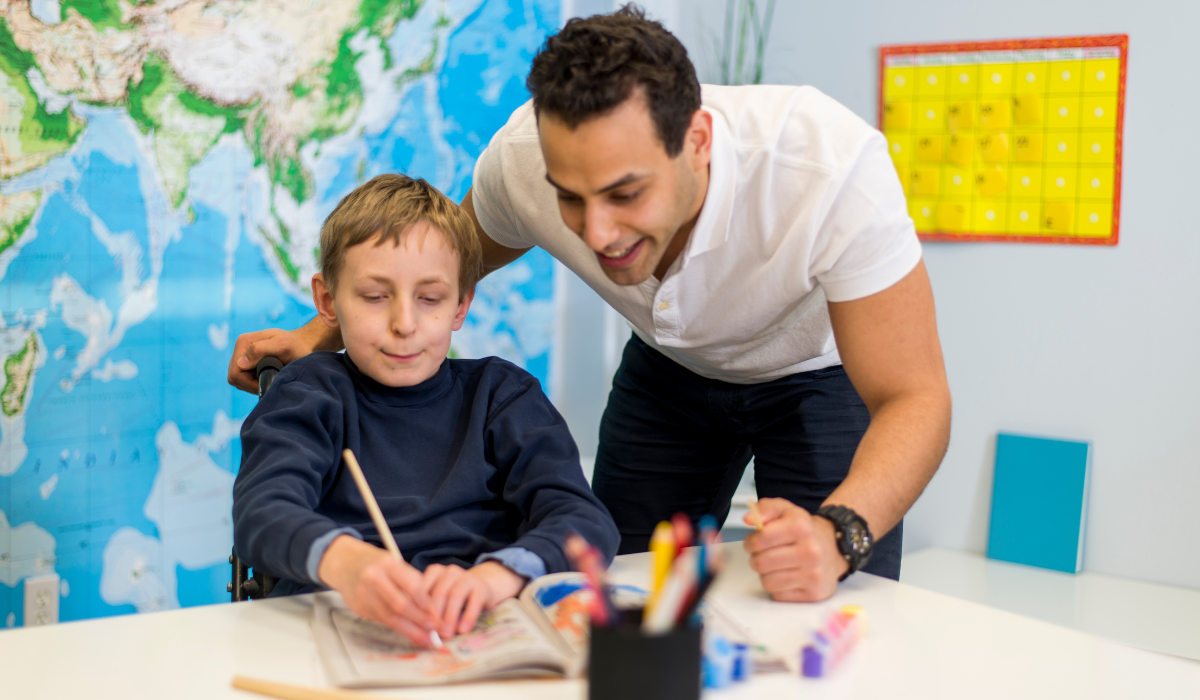
Imagine your child trying to tell you something—but no words come out. The frustration builds, emotions rise, and connection feels out of reach. If you’re raising a nonverbal child, you know this struggle all too well. But here’s the hope: ABA therapy is a powerful, proven way to help your child communicate—even without spoken words.
Whether your child says just a few phrases or none at all, ABA therapy (Applied Behavior Analysis) meets them where they are. It helps build essential communication skills, using tools tailored to their needs—from gestures and visuals to technology and vocal language.
In this article, we’ll explore how ABA therapy works for nonverbal children, the techniques used, and how you can support your child every step of the way.
Understanding Nonverbal Communication in Autism
Many children with autism experience delays in speech and language. Some never speak at all, while others may speak only in certain situations, repeat words without understanding them (echolalia), or struggle to use language meaningfully.
But here’s the thing—just because a child isn’t speaking doesn’t mean they don’t want to communicate.
Nonverbal children often express themselves through behavior—crying, pulling your hand, hitting, or walking away. They’re trying to tell you something. The problem is, without the right tools, their message often gets misunderstood. That’s where ABA therapy comes in.
What is ABA Therapy?
ABA therapy is a science-based approach that focuses on improving behaviors by understanding why they happen and teaching better, more functional alternatives. It’s used widely to support children with autism in areas like communication, social skills, emotional regulation, and daily living.
With nonverbal children, ABA doesn’t just aim to make them speak—it helps them connect, understand, and express themselves, whether through words, signs, pictures, or devices.
Therapists work step by step to build meaningful skills that reduce frustration and open doors to connection. The ultimate goal is giving each child a voice—in whatever form that voice takes.
The Goal Isn’t Just Talking—It’s Communication
A common myth is that ABA therapy pushes children to talk. That’s not true. The goal is always meaningful communication, not just speech.
ABA therapists work with your child to teach them how to get their needs met, whether it’s asking for a snack, a break, a hug, or even just space. When your child learns they can express themselves—and be understood—the frustration often melts away.
This sense of success builds confidence and encourages more attempts at communication. And when communication becomes easier, everyday life becomes a little less overwhelming—for everyone.
Tools ABA Therapy Uses to Help Nonverbal Children Communicate
Let’s talk about the practical methods ABA therapists use to support communication development. These tools are tailored to each child’s needs and learning style:
1. PECS (Picture Exchange Communication System)
PECS teaches children to use pictures to express what they want. For example, your child might hand you a picture of a cookie to ask for a snack. Over time, they learn to build picture sentences like “I want juice” or “I need help.”
ABA therapists introduce PECS step by step, reinforcing each successful exchange with positive feedback.
2. Sign Language
Some nonverbal children pick up sign language more easily than spoken words. ABA therapists can teach basic signs for common needs—eat, drink, help, more, stop—which gives your child a consistent, physical way to express themselves.
And don’t worry—you don’t need to be fluent in sign language. Many parents learn right alongside their child.
3. AAC Devices (Augmentative and Alternative Communication)
Technology is a game-changer. AAC devices range from simple communication boards to high-tech tablets with voice-output apps. ABA therapists help your child learn how to use these tools to say what they need, ask questions, or make choices.
These devices become your child’s “voice,” and many children thrive once they realize they can finally express themselves.
4. Modeling and Imitation
In ABA therapy, therapists often model behaviors—like pointing, signing, or pressing a button—so the child can imitate them. With enough repetition and encouragement, children start to use these skills independently.
Modeling works best when combined with enthusiasm and reinforcement (and lots of patience!).
5. Mand Training (Requesting)
One of the first communication skills ABA therapy teaches is "manding", which means asking for something. Whether it's asking for food, toys, or attention, mand training gives children a sense of control and reduces frustration-driven behaviors.
Even a single successful request can feel like a major win—for both the child and the parent.
How Parents Can Support Communication at Home
While ABA therapy sessions are incredibly valuable, your child spends most of their time with you. That means your role is just as important in building communication skills. Here are some simple ways to support the process at home:
1. Be Consistent
Use the same communication tools at home that your child uses in therapy—like PECS, sign language, or an AAC device. The more familiar and available these tools are, the more confident your child will be using them. Consistency across settings helps reinforce learning.
2. Create Opportunities to Communicate
Instead of anticipating your child’s needs, pause and let them request something—like a snack or toy. These moments create natural chances for your child to use communication tools and learn that expressing needs gets results.
3. Celebrate Every Effort
Whether your child gestures, uses a picture, or presses a button—cheer them on, because every effort to communicate matters, builds confidence, and encourages them to keep trying. Over time, these small moments grow into meaningful, expressive communication.
4. Keep Talking to Them
Even if your child isn’t speaking yet, keep talking—narrate your actions and routines like “Let’s put on your shoes,” because hearing language regularly helps build their understanding and connection to words, even without verbal responses.
5. Stay Involved with Your ABA Team
You’re a key part of the process. Ask questions, watch sessions, and use the strategies they teach. The more involved you are, the better your child will carry what they learn into everyday life. Your support builds trust and makes your child feel safe as they learn and grow.
How ABA Therapy Reduces Frustration and Problem Behaviors
A lot of problem behaviors in nonverbal children stem from communication breakdowns. Imagine not being able to tell anyone you’re hungry, tired, or overwhelmed—it would frustrate anyone!
When your child learns to express themselves through ABA therapy, they often stop using behaviors like crying, hitting, or throwing things to get their needs met. They learn that communication is easier, faster, and more rewarding than acting out.
That’s a game-changer for both your child’s development and your family’s peace of mind.
Realistic Expectations: Progress Takes Time
It’s important to remember—learning to communicate takes time. Some children may start using pictures to ask for things in just a few weeks, while others may need more time. That’s okay. Celebrate every small step forward. A new sign, sound, or hand gesture is something to be proud of.
There will be easy days and tough ones. But if you stay patient, loving, and consistent, your child will make progress. You’ll also feel more connected as they learn new ways to share what they want or feel.
Even the smallest moment—like a smile, a look, or a tiny request—brings you closer. Each one helps you understand your child better and builds trust between you.
Final Thoughts
No child deserves to live in silence. With the right tools and support, nonverbal children can learn to connect, share, and express who they are. ABA therapy gives them that opportunity—and gives you, as a parent, the hope and confidence to guide them forward.
So if your child isn’t speaking yet, don’t wait. Explore ABA therapy options near you, connect with professionals, and get started. Because when your child finds their voice—whether it’s through signs, pictures, or technology—it opens the door to a brighter, more connected world.
At Able Minds ABA, we believe in meeting your child exactly where they are — whether at home, in school, or through virtual sessions. Our personalized ABA therapy services are tailored to fit your family's unique needs, providing consistent support with compassion and care you can trust.
FAQ’s
Can ABA therapy help a completely nonverbal child?
Yes, absolutely. ABA therapy focuses on communication in many forms—not just spoken words. Whether it’s using signs, pictures, or devices, ABA helps nonverbal children express their needs in ways that work for them.
How long does it take to see communication progress through ABA?
Every child is different. Some may begin using basic signs or pictures within weeks, while others may need several months. Progress depends on the child’s age, abilities, consistency of therapy, and support at home.
Will ABA therapy force my child to talk?
No, ABA therapy is not about forcing speech—it’s about supporting communication in whatever form suits your child best, whether it’s through signs, pictures, gestures, or assistive devices. The goal is always meaningful interaction, not just vocal speech.
What if my child prefers using a device instead of speaking?
That’s perfectly okay! Many nonverbal children find comfort and success using AAC devices. The important thing is that your child can express their thoughts and needs, no matter the method.
How can I find ABA therapy for my nonverbal child?
Start by searching “ABA therapy near me” or speak to your child’s pediatrician for recommendations. Look for certified ABA providers with experience in communication support and autism care.
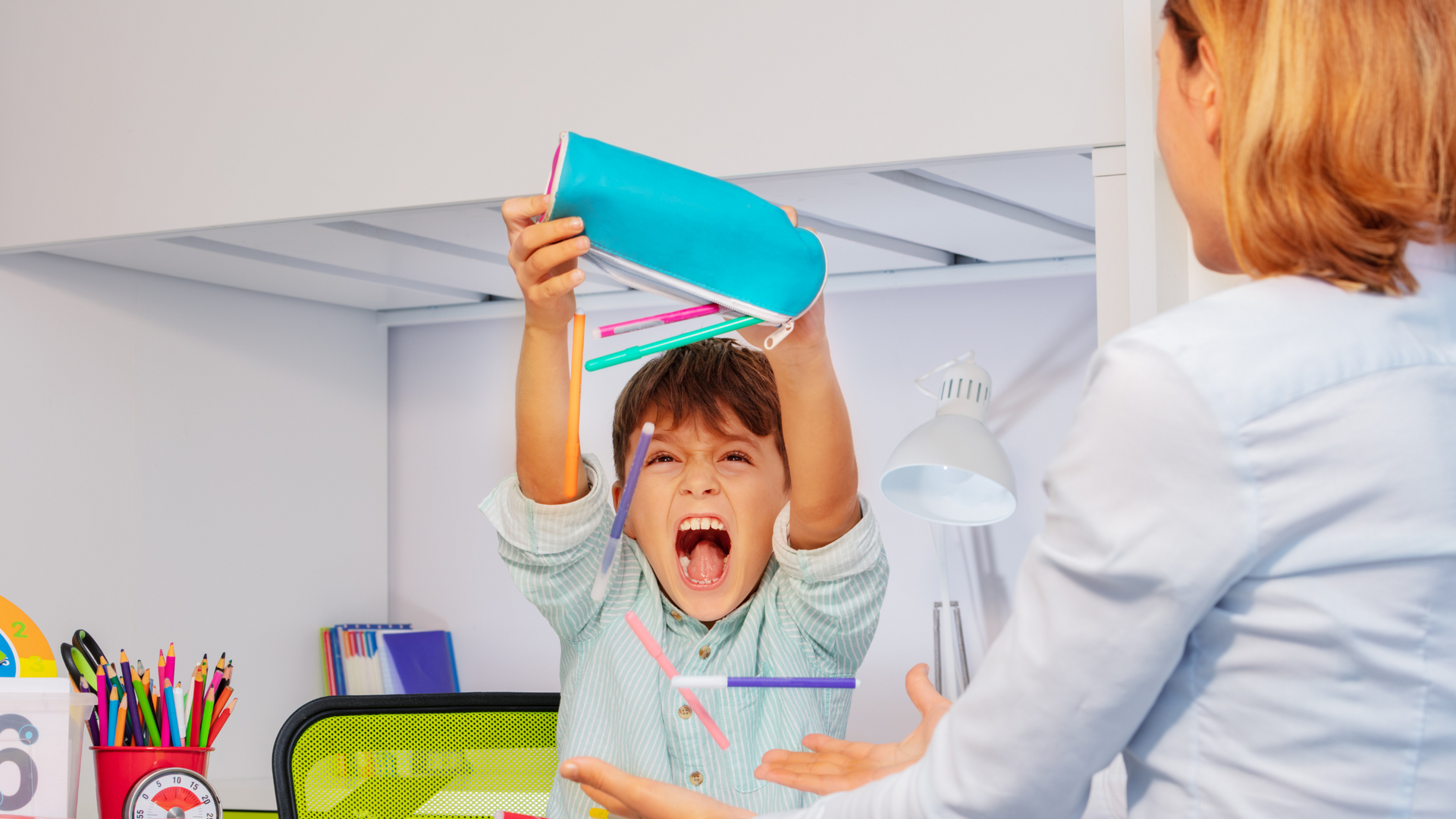
Choosing the right ABA therapy provider is a crucial step toward helping your child achieve greater independence, improved communication, and better social skills. In Maryland, families are fortunate to have a growing number of options for applied behavior analysis therapy , but with so many choices, it can be overwhelming to know where to begin. Whether your child has just received a diagnosis or you’re transitioning between providers, selecting the best fit means looking beyond the surface. The right provider offers not just therapy sessions—but compassionate care, individualized plans, and a team committed to your child’s long-term success. What Is Applied Behavior Analysis (ABA) Therapy? Applied behavior analysis therapy is a science-backed intervention that focuses on understanding and improving behaviors. It’s particularly effective for children who face developmental and behavioral challenges, such as autism. ABA breaks down complex skills into manageable steps and uses positive reinforcement to help children master those skills. A certified applied behavior analyst therapist develops personalized programs tailored to each child's strengths, challenges, and goals. Over time, ABA can help build critical life skills such as communication, emotional regulation, cooperation, and self-help. Why Finding the Right ABA Provider in Maryland Matters Not all ABA therapy providers offer the same level of care. In a state like Maryland—with diverse communities from Baltimore to Silver Spring to Annapolis—parents must carefully evaluate local providers based on their approach, credentials, and experience. Choosing the right partner for your child’s development ensures: Faster progress through tailored interventions Stronger collaboration between family and therapists Better preparation for school and social life Whether you're seeking applied behavioral analysis Maryland services in-home or in-clinic, quality and fit matter. Step-by-Step Guide to Choosing the Best ABA Therapy Provider in Maryland 1. Confirm Credentials and Certification The most reputable ABA therapy providers in Maryland are staffed with: Board Certified Behavior Analysts (BCBAs) – who design and oversee your child’s treatment Registered Behavior Technicians (RBTs) – who implement the therapy under BCBA supervision Always verify the provider is licensed to deliver applied behavior analysis therapy in Maryland. Check credentials through: Behavior Analyst Certification Board (BACB) Maryland Department of Health 2. Ask About Treatment Philosophy No two children are alike. That’s why effective ABA therapy is never “cookie-cutter.” Look for providers who: Conduct detailed initial assessments Develop individualized treatment plans Use data to guide decisions Adjust strategies as your child grows The best applied behavior analyst therapists focus on creating measurable, achievable goals tailored to your child’s unique needs. 3. Explore the Service Delivery Options Depending on your child’s needs and your lifestyle, you may prefer: In-home ABA therapy : Delivered in the comfort of your home for real-life skill-building Clinic-based ABA therapy : Offers structured learning environments and peer interaction School-based support : Collaborates with educators to reinforce skills during school hours Telehealth : Ideal for remote or flexible support Ask if the provider supports families throughout the state or in specific regions (e.g., Montgomery County, Prince George’s County, or Baltimore City). 4. Check Insurance Coverage and Billing Transparency Therapy can be costly, but the right provider will help you navigate: Maryland Medicaid and private insurance plans Out-of-pocket cost estimates Prior authorizations Payment plans or financial assistance A high-quality provider will also assign a care coordinator to support you with insurance paperwork and communication. 5. Learn About Staff Training and Retention Children thrive on consistency. A reliable provider invests in: Ongoing staff training Low staff turnover Regular BCBA supervision of RBTs Therapeutic consistency (same therapist assigned regularly) A committed and experienced applied behavior analyst therapist can form a meaningful bond with your child and deliver more effective results. 6. Understand Family Involvement You are an essential part of your child’s therapeutic journey. The best ABA providers offer: Weekly parent training and coaching Opportunities to observe sessions or review data Monthly progress meetings Tools to continue behavior strategies at home Providers who embrace family-centered care lead to stronger outcomes and smoother integration of skills into daily life. 7. Ask for Success Stories and References Don’t hesitate to ask: How many families they’ve served in Maryland Testimonials or references from current clients Case examples (anonymized) that match your child’s challenges Reading Google reviews, Facebook feedback, and local parenting forums can also give insight into the provider’s reputation in your community. 8. Visit the Facility or Schedule a Virtual Tour Seeing the environment where your child will receive therapy is invaluable. While there: Observe how therapists interact with children Look for clean, safe, and well-equipped spaces Ask about the ratio of children to therapists For in-home aba therapy, ask what materials and resources the therapist will bring and how sessions are structured. 9. Evaluate Their Communication and Responsiveness Strong communication is key. Your provider should: Respond promptly to inquiries Clearly explain the assessment process and therapy goals Be transparent about timelines, policies, and staff You should feel supported—not rushed—through the intake and onboarding process. 10. Trust Your Instincts Ultimately, choosing an ABA therapy provider is a personal decision. If you feel that a provider listens to your concerns, understands your goals, and truly cares about your child’s progress, that’s a strong sign you’re in the right place. Leading Providers Offering Applied Behavioral Analysis in Maryland Some trusted names to begin your search include: Able Minds ABA – A provider offering applied behavior analysis therapy across Maryland with flexible in-home services and experienced clinicians. Behavioral Framework Verbal Beginnings Key Connections ABA Services Each of these organizations provides certified applied behavior analyst therapists and offers individualized programs designed for success. Final Thoughts Choosing the best ABA therapy provider in Maryland doesn’t have to feel overwhelming. When you understand what to look for—from credentials and personalized care to communication and insurance support—you can find a team that fits your family’s needs and empowers your child to thrive. By investing in quality applied behavioral analysis Maryland services, you’re laying the foundation for a brighter, more independent future for your child.

